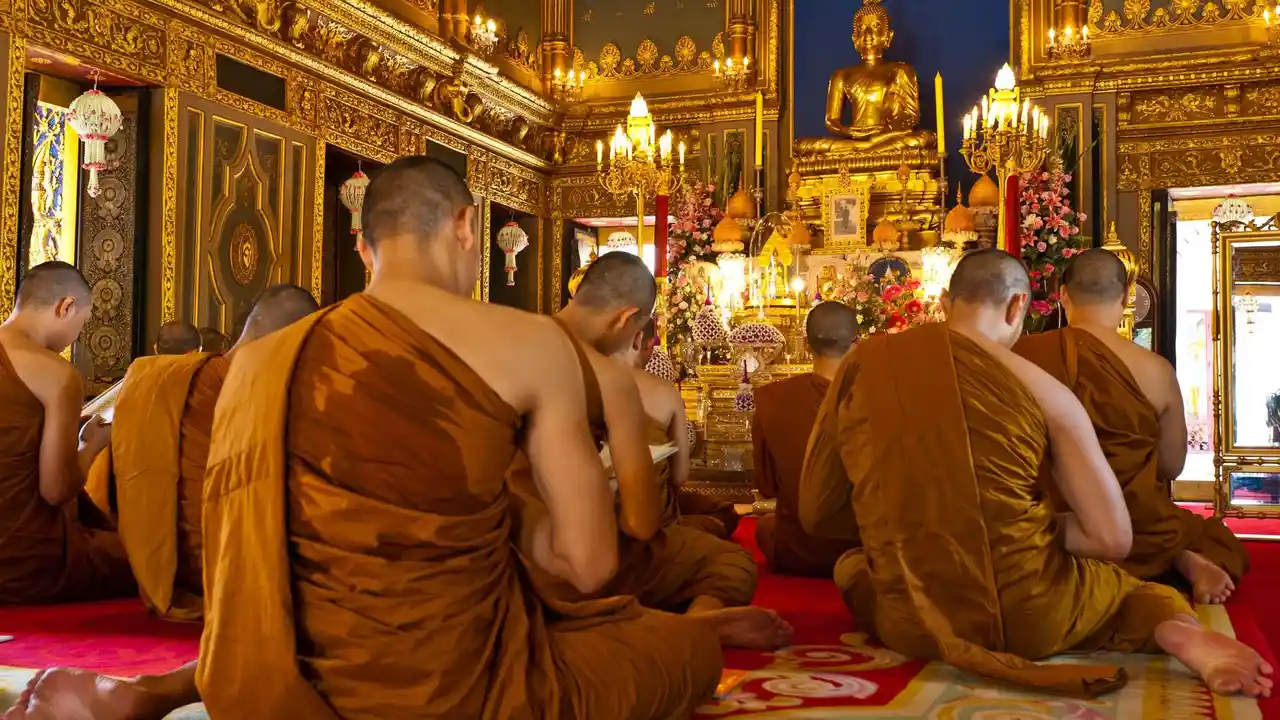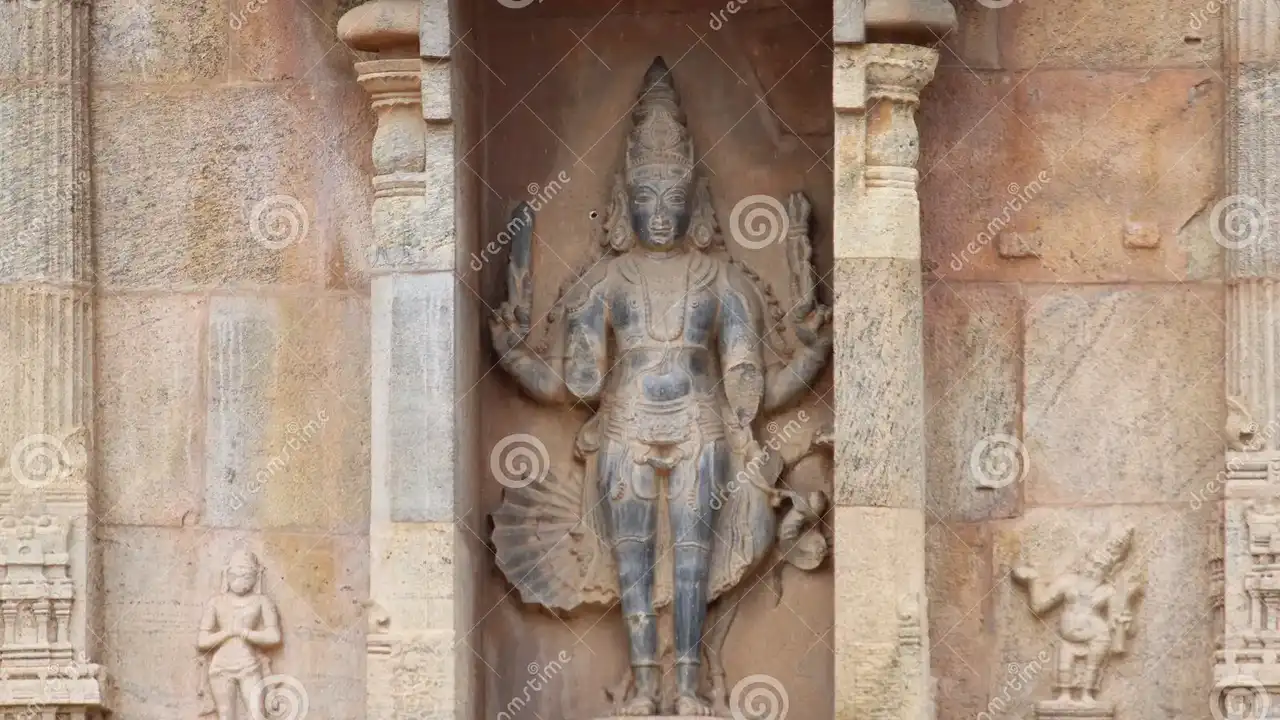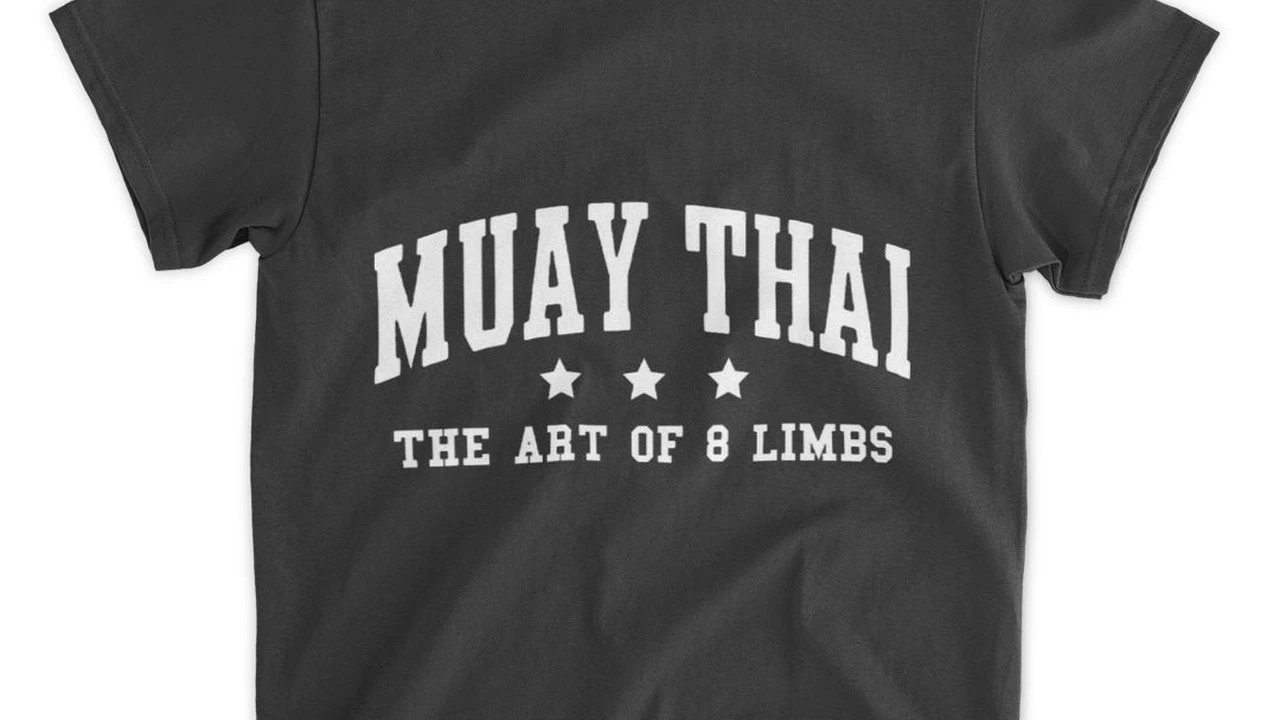Thai Buddhism: An introduction to the religion

Understanding Thai Buddhism Core Beliefs and Practices
Hey everyone! So, you're curious about Thai Buddhism? Awesome! It's a fascinating religion deeply woven into the fabric of Thai culture. Forget those stuffy textbooks; let's dive in with a casual chat. At its heart, Thai Buddhism, primarily of the Theravada school, revolves around the teachings of Siddhartha Gautama, the Buddha. Think of him as the ultimate self-improvement guru. He figured out a path to escape suffering, and that's what Buddhism is all about.
The Four Noble Truths are the cornerstone. They're basically like Buddha's diagnosis of the human condition: 1) Life is suffering (dukkha). 2) Suffering comes from craving and attachment. 3) Suffering can end. 4) There's a path to end it – the Eightfold Path. Sounds a bit heavy, right? But it's actually empowering! It means you have the power to change your experience.
The Eightfold Path is your roadmap. It's not a rigid set of rules, but rather guidelines for ethical conduct, mental discipline, and wisdom. We're talking things like right understanding, right thought, right speech, right action, right livelihood, right effort, right mindfulness, and right concentration. It's a holistic approach to living a more mindful and fulfilling life.
Karma is another biggie. It’s not about punishment; it's about cause and effect. Your actions, words, and thoughts create ripples that shape your future. Good deeds lead to good outcomes, and vice versa. It's a reminder to be mindful of your choices.
Exploring Thai Temples Wats Architecture and Rituals
Okay, let's talk temples, or "wats" as they're called in Thai. These aren't just places of worship; they're community centers, schools, and even hospitals! The architecture is incredible – ornate, colorful, and often featuring intricate carvings and towering chedis (stupas) that house relics of the Buddha or other important figures.
When you visit a wat, remember to dress respectfully. Cover your shoulders and knees. It's also customary to remove your shoes before entering the main temple building (the bot). You'll see monks in saffron robes chanting, meditating, and offering blessings. Feel free to join in the chanting (if you know the words!), or simply sit quietly and soak in the atmosphere.
Making merit (doing good deeds) is a core practice in Thai Buddhism. You can do this by offering food to monks, donating to the temple, volunteering your time, or simply being kind and compassionate. It's all about accumulating positive karma.
You'll often see people making offerings of flowers, incense, and candles at the shrine. This is a way of showing respect to the Buddha and expressing gratitude. Don't be afraid to participate, but be mindful of the proper etiquette. Observe what others are doing and follow their lead.
Meditation Techniques for Beginners Mindfulness and Vipassana
Want to try meditation? Awesome! It's a fantastic way to calm your mind, reduce stress, and cultivate inner peace. There are many different meditation techniques, but mindfulness and Vipassana are two popular ones in Thai Buddhism.
Mindfulness meditation is all about paying attention to the present moment without judgment. You can focus on your breath, your body sensations, or your thoughts. When your mind wanders (and it will!), gently bring your attention back to your chosen object of focus. It's like training a puppy – be patient and persistent!
Vipassana meditation is a more advanced technique that involves observing the changing nature of reality. You pay attention to the impermanence of all things – your thoughts, your feelings, your physical sensations. This helps you to detach from your cravings and aversions, and to see the world with greater clarity.
You don't need to sit cross-legged on the floor to meditate. You can sit in a chair, lie down, or even walk. The important thing is to find a comfortable posture that allows you to relax and focus. Start with just a few minutes each day and gradually increase the duration as you become more comfortable.
There are tons of resources available to help you learn meditation. You can find guided meditations online, attend a meditation retreat, or join a local meditation group. Experiment with different techniques and find what works best for you.
Thai Buddhist Amulets Power Protection and Beliefs
Thai Buddhist amulets are small objects, often made of metal, clay, or wood, that are believed to possess protective powers. They're incredibly popular in Thailand, and you'll see people wearing them around their necks or carrying them in their pockets.
Amulets typically depict images of the Buddha, monks, or other sacred figures. They're often blessed by monks in a special ceremony before being sold or given away. The belief is that the amulet will protect the wearer from harm, bring good luck, and enhance their spiritual well-being.
There's a huge variety of amulets available, each with its own specific powers and benefits. Some are believed to protect against accidents, while others are said to attract wealth or improve relationships. The price of an amulet can range from a few dollars to thousands of dollars, depending on its rarity, age, and the reputation of the monk who blessed it.
It's important to remember that amulets are not magic charms. They're not a substitute for hard work, good judgment, or ethical behavior. They're simply a reminder to live a mindful and compassionate life, and to connect with the spiritual teachings of Buddhism.
If you're interested in buying an amulet, do your research and buy from a reputable source. Avoid buying amulets that are being sold by street vendors or online retailers who make exaggerated claims about their powers. Talk to a monk or a knowledgeable collector for advice.
Living a Buddhist Life in Thailand Daily Practices and Ethics
Living a Buddhist life in Thailand is about more than just going to temples and making merit. It's about integrating Buddhist principles into your daily life, in your interactions with others, and in your relationship with the world around you.
One of the most important aspects of Buddhist ethics is the Five Precepts: 1) To abstain from killing. 2) To abstain from stealing. 3) To abstain from sexual misconduct. 4) To abstain from lying. 5) To abstain from intoxicants. These aren't commandments, but rather guidelines for ethical conduct. They're a reminder to be mindful of the impact of your actions on yourself and others.
Practicing mindfulness in your daily life is also crucial. Pay attention to your thoughts, your feelings, and your actions. Be aware of your surroundings and appreciate the simple things in life. Take time each day to meditate, even if it's just for a few minutes. Cultivate gratitude and compassion.
Thai culture is deeply influenced by Buddhism, so you'll find that many of the customs and traditions are rooted in Buddhist principles. For example, showing respect to elders, being generous to those in need, and avoiding conflict are all highly valued. Learn about these customs and try to incorporate them into your own life.
Remember that living a Buddhist life is a journey, not a destination. There will be ups and downs, successes and setbacks. The important thing is to keep practicing, to keep learning, and to keep striving to become a better version of yourself.
Recommended Products for Enhancing Your Thai Buddhist Experience
Okay, so you want to dive deeper into Thai Buddhism? Here are a few products that can help you enhance your experience:
Meditation Cushions The Key to Comfortable Practice
Let's be real, sitting on the floor for long periods can be a pain (literally!). A good meditation cushion (zabuton and zafu) can make a huge difference. You'll find tons of options on Amazon. Look for one made from natural materials like cotton or buckwheat hulls. Consider the height and firmness based on your flexibility. Prices range from $30-$100. A firm cushion supports good posture and reduces strain on your back and knees. Use it in a quiet corner of your home, create a peaceful atmosphere with candles and incense, and get ready to zen out! Compare the Halfmoon Yoga Zabuton and Zafu Set ($89.99) with the Bean Products Zafu Meditation Cushion ($45.00). The Halfmoon set offers superior comfort for extended meditation sessions, while the Bean Products cushion is a more budget-friendly option for beginners.
Buddhist Prayer Beads (Mala) Mindfulness on the Go
Buddhist prayer beads, or malas, are used to count mantras (sacred sounds) or prayers. They're also a beautiful and tangible reminder of your spiritual practice. You can find malas made from a variety of materials, including wood, seeds, and gemstones. A traditional mala has 108 beads, plus a guru bead that represents the teacher. Use it during meditation, or simply carry it with you throughout the day as a reminder to be mindful. Think of it as a fidget spinner for your soul! You can find them on Etsy or specialized online stores. Prices can vary widely depending on the materials used, from $15 for a simple wooden mala to hundreds for one made with precious stones. Consider a sandalwood mala for its calming aroma, or a rose quartz mala for its association with love and compassion. Compare a simple sandalwood mala from Etsy ($20) with a gemstone mala from DharmaCrafts ($150). The sandalwood mala is a great everyday option, while the gemstone mala offers enhanced spiritual properties and aesthetic appeal.
Incense and Incense Holders Creating a Sacred Space
The scent of incense can create a calming and sacred atmosphere, perfect for meditation or reflection. Sandalwood, frankincense, and myrrh are popular choices. You'll also need an incense holder to safely burn the incense. There are many different types of incense holders available, from simple wooden ones to ornate ceramic ones. Light some incense before your meditation session, or simply enjoy the aroma as you relax and unwind. You can find incense and incense holders at most spiritual shops or online retailers. A good starting point is a basic wooden incense holder ($5) and a pack of sandalwood incense sticks ($10). For a more luxurious experience, consider a ceramic incense burner ($30) and premium Japanese incense ($25). Compare the basic wooden holder with a ceramic backflow incense burner ($40). The backflow burner creates a visually stunning effect as the smoke cascades downwards, enhancing the meditative atmosphere.
Books on Thai Buddhism Deepen Your Knowledge
Want to learn more about Thai Buddhism? There are tons of great books available! "What Makes You Not a Buddhist" by Dzongsar Jamyang Khyentse is a great starting point. It's a super accessible and funny introduction to the core principles. "Mindfulness in Plain English" by Bhante Henepola Gunaratana offers a practical guide to mindfulness meditation. And for a deeper dive, check out "The Heart of the Buddha's Teaching" by Thich Nhat Hanh. Find these on Amazon, at your local bookstore, or even your library! Prices range from $10-$25 per book. Don't be afraid to highlight passages and take notes. Knowledge is power, my friend! Compare "Mindfulness for Beginners" by Jon Kabat-Zinn ($15) with "Wherever You Go, There You Are" by Jon Kabat-Zinn ($12). "Mindfulness for Beginners" offers a structured approach to learning mindfulness, while "Wherever You Go, There You Are" provides a more philosophical exploration of mindfulness in everyday life.
Thai Buddhist Art Inspiring Visual Reminders
Surrounding yourself with beautiful images of the Buddha or other sacred figures can be a powerful way to inspire your spiritual practice. Consider adding a small Buddha statue to your altar, or hanging a thangka (a Tibetan Buddhist painting) on your wall. Look for artwork that resonates with you personally. It should evoke feelings of peace, compassion, and wisdom. You can find Thai Buddhist art at many online retailers or at specialized art galleries. Prices can vary widely depending on the size, materials, and artist. A small resin Buddha statue might cost $20, while a larger bronze statue could cost hundreds or even thousands. Compare a small resin Buddha statue from Amazon ($20) with a handmade wooden Buddha carving from Etsy ($80). The resin statue is an affordable and convenient option, while the wooden carving offers a unique and artistic touch.
:max_bytes(150000):strip_icc()/277019-baked-pork-chops-with-cream-of-mushroom-soup-DDMFS-beauty-4x3-BG-7505-5762b731cf30447d9cbbbbbf387beafa.jpg)






